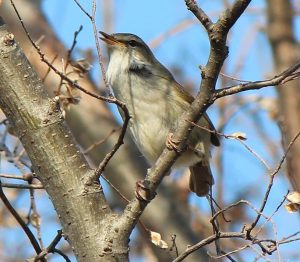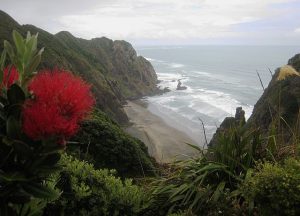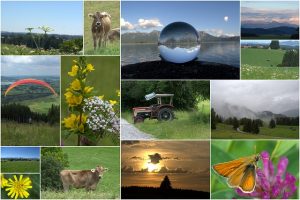
#New Poetry Form
Reflections Of Life
Time to find who I am
Experiencing my faults
Roaring voices assaults
Bringing me down
Accepting my troubles
Opened another door
Showing me a mentor
The inner light
Healing forgiveness
Blessings and gratitude
Changes my attitude
Helps to make peace
Self-transformation starts
Time to pause and reflect
There weren’t any defects
Only pity.
Copyright © 2018 Elsie Hagley – aka kiwinana
Abhanga is a Marathi form. Marathi being one of the major languages of India. It is the official language of Maharashtra, and is also spoken in several neighbouring states in the west of the country, including Goa and Karnataka.


